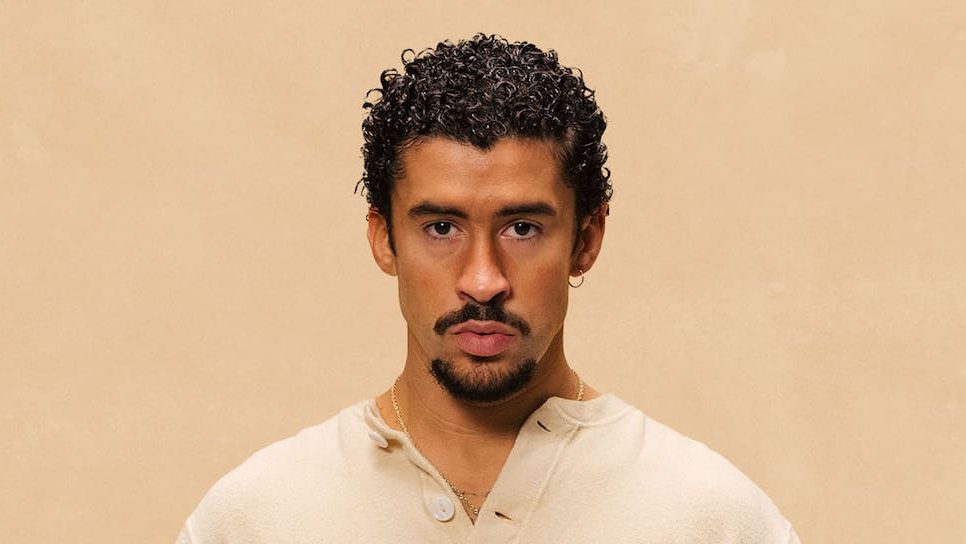
Is the United States Ready for a Bad Bunny Super Bowl?
We analyze the pros and cons the NFL should consider when betting on "El Conejo Malo"
Alberto Palao — Every artist dreams of headlining their own Super Bowl halftime show. Performing at the biggest game in American football is one of the greatest milestones an artist can achieve. However, only a select few are chosen, and they must meet one crucial requirement: they must be a music superstar in the U.S. with a long enough career to fill a 15-minute setlist with hits.
In the last decade, global icons such as Rihanna, Lady Gaga, The Weeknd, Jennifer Lopez, Shakira, Maroon 5, Justin Timberlake, Coldplay, Katy Perry, and Bruno Mars have made history with unforgettable Super Bowl performances.
This year, in 2025, Kendrick Lamar will take the stage. The rapper, fresh off a Grammy-winning streak thanks to This Is Us, is set to headline the halftime show, and there’s no doubt he’ll spark plenty of conversation.
But while 2025 belongs to Kendrick Lamar, we at LOS40 can’t help but wonder: Is the U.S. ready for a Bad Bunny Super Bowl?
The Case for a Bad Bunny Super Bowl
As of February 2025, Bad Bunny has one of the most-streamed songs in the U.S., Debí Tirar Más Fotos, from his self-titled album. The track alone averages 12 million daily streams in the country, while the album itself sits at #1 on the Billboard 200. The Puerto Rican artist also tops the Billboard Artist 100, making him not just a recognizable name but one of the most consumed artists in the nation.
Bad Bunny’s success in the U.S. isn’t new. He first made waves on the charts in 2020 with Yo Hago Lo Que Me Da La Gana, which reached #2 on the Billboard 200. Later that year, El Último Tour del Mundo made history as the first all-Spanish album to hit #1 on the Billboard 200. His rise led to appearances on major U.S. platforms, such as Saturday Night Live, where he performed La Noche de Anoche alongside Rosalía.
However, it was 2022’s Un Verano Sin Ti that truly cemented Bad Bunny as a global superstar. The album marked a turning point—not just for his career, but for Spanish-language music in mainstream American culture. Suddenly, Bad Bunny wasn’t just a Latin artist; he was one of the biggest pop stars on the planet, featured in everything from high-fashion magazines to the cover of TIME.
This wouldn’t even be his first Super Bowl appearance—Bad Bunny performed in the 2020 halftime show alongside Shakira and Jennifer Lopez, singing Callaita. That show was groundbreaking for its Spanish representation, yet 11 of the 15 songs performed were still in English, reflecting a lingering barrier in mainstream U.S. entertainment.
The Challenges of a Bad Bunny Super Bowl
The biggest hurdle for a Bad Bunny halftime show is language. While 57 million people in the U.S. speak Spanish, English remains the country’s dominant language. The NFL may fear backlash from traditional audiences if an entire 15-minute show is performed in Spanish during the most-watched TV event of the year.
Another challenge is soccer’s demographic history. Unlike basketball and baseball, which have historically been linked to working-class and immigrant communities, American football has long been associated with more conservative, traditional audiences. Given today’s social climate, the NFL may hesitate to feature a Spanish-speaking artist in a lead role.
There’s also the matter of Bad Bunny’s message. Debí Tirar Más Fotos is not only a love letter to Puerto Rico but also a critique of U.S. colonialism on the island. This could make the league’s more conservative viewers uncomfortable, potentially pushing the NFL toward a «safer» choice—one that avoids political or cultural controversy.
Conclusion
In terms of streaming numbers, chart performance, and cultural impact, Bad Bunny is more than qualified to headline a Super Bowl halftime show. His performance would not only draw massive viewership but also make history as the first fully Spanish-language show.
However, with 2025 shaping up to be a politically charged year in the U.S., the NFL may opt for an artist who sparks less cultural debate. Still, we remain hopeful that a Bad Bunny Super Bowl is not a question of «if»—but «when.»